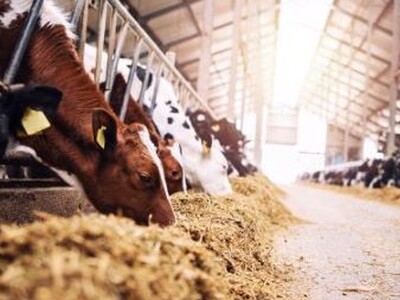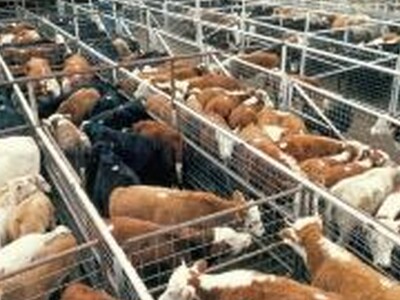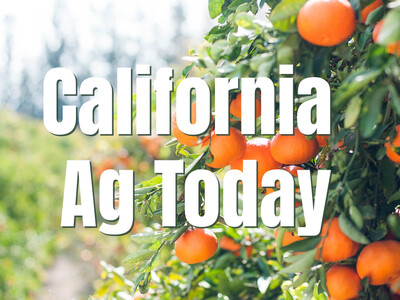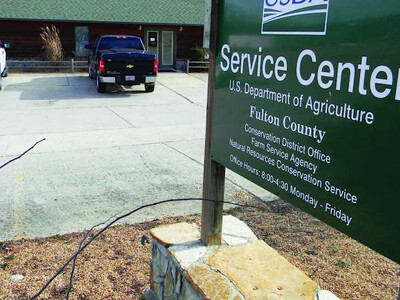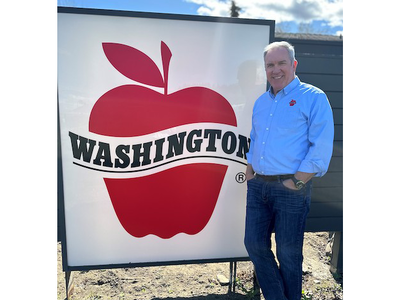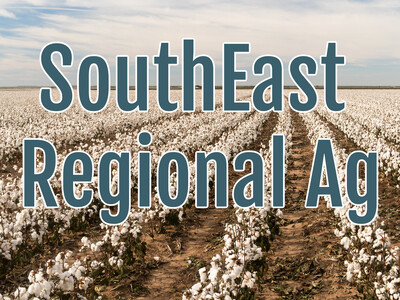Food & Energy Prices Are Up
Food & Energy Prices Up. I’m Greg Martin with today’s Line On Agriculture.
My wife and I have begun a little game that every time we go to the grocery store we check out first of all how much gasoline has gone up and then how much each of the staple items we typically purchase go up. A report in the Huffington post says that consumer spending has risen for the 8th straight month and a lot of that came from food prices and rising gasoline costs. The increase in food and fuel prices pushed inflation up 0.4 percent, according to the Commerce Department's index. Due to this continued battering of the dollar in our pocket, American consumers are growing more and more nervous. This last Friday, Ag Secretary Tom Vilsack spent a few minutes addressing food and energy prices.
VILSACK: You may have noticed that food prices are up a bit at the grocery store these days, but the reasons why are not simple. Americans are fortunate to have a safe, abundant supply of food. But as food travels from the farm to our tables, the price we pay is influenced by a number of factors along the way.
He talks a little bit about what influences the prices we pay for food.
VILSACK: ?Energy costs are up, not only gas for our cars and trucks, but for tractors, combines, semis, ships, trains and cranes—all of the vehicles that help get food from the farm to our tables. Refrigeration, packaging, processing and marketing also contribute to the final food cost in a grocery store or restaurant. Meanwhile, costs for fertilizer, animal feed, and equipment are up for family farmers and ranchers across the country. Floods, drought and political instability in foreign nations have also impacted prices.
Vilasck says that estimates show that out of every dollar a consumer spends on food, less than 16 cents goes to a farm or agricultural business.
VILSACK: in spite of the many factors affecting food prices, farmers and ranchers are working hard to keep food affordable for consumers—for their neighbors, family and friends, and all of us who depend on their work. Thankfully, U.S. farmers are the most productive in the world. They have embraced science and new farming technologies to produce about twice as much per acre as they did 50 years ago. This record productivity has helped keep food affordable for American families. The average American household spends between six and seven percent of its income on food, while residents of nearly every other country in the world pay substantially more.
There are a number of reports that point the finger at ethanol as a prime contributor to rising food prices but according to former Ag Secretary John Block first, U.S. ethanol production uses only about 3 percent of the world's grain supply. Second, about a third of the corn used for ethanol becomes a co-product. Third, volatile energy costs are the real drivers of all consumer prices including for food. Fourth — and most important — American farmers are increasing their productivity.
That’s today’s Line On Agriculture. I’m Greg Martin on the Ag Information Network.




